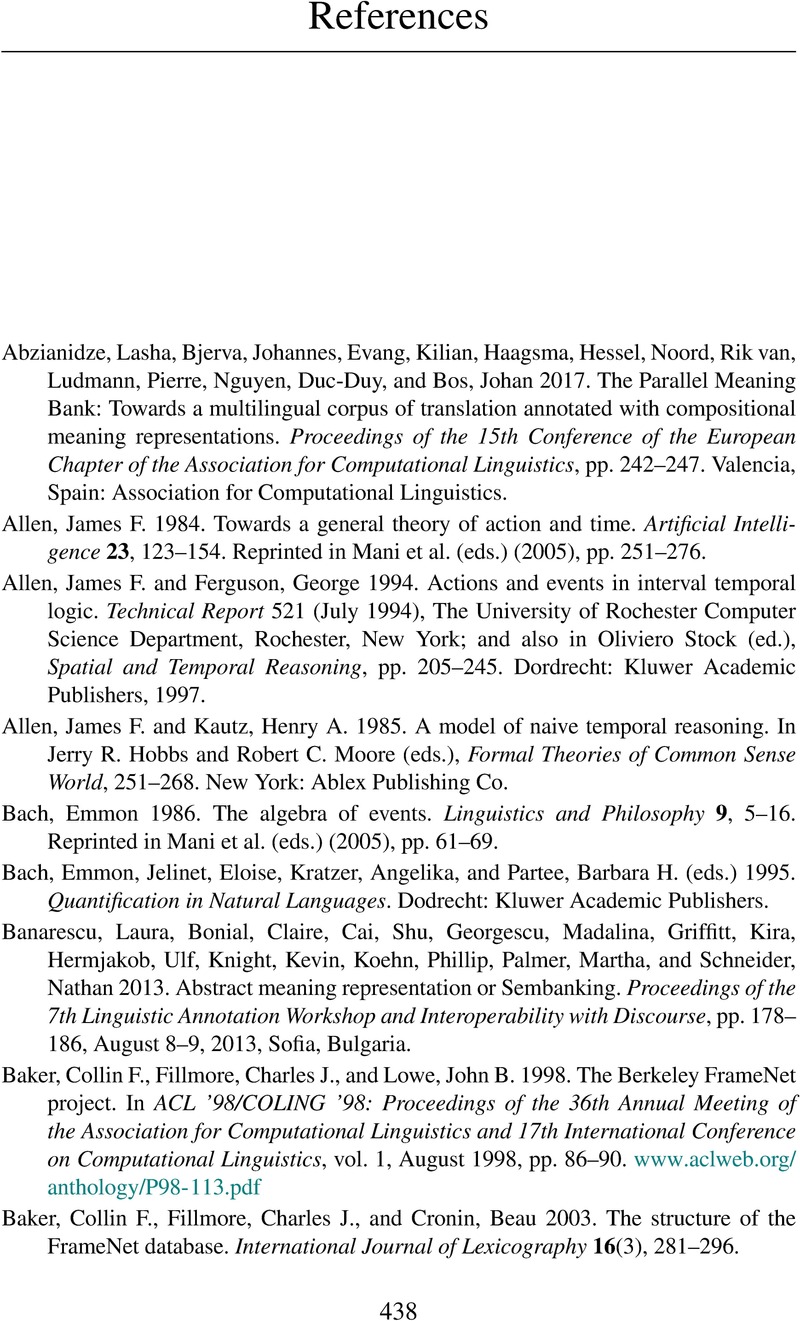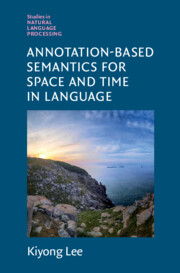References
Published online by Cambridge University Press: 05 August 2023
Summary

Information
- Type
- Chapter
- Information
- Annotation-Based Semantics for Space and Time in Language , pp. 438 - 453Publisher: Cambridge University PressPrint publication year: 2023
